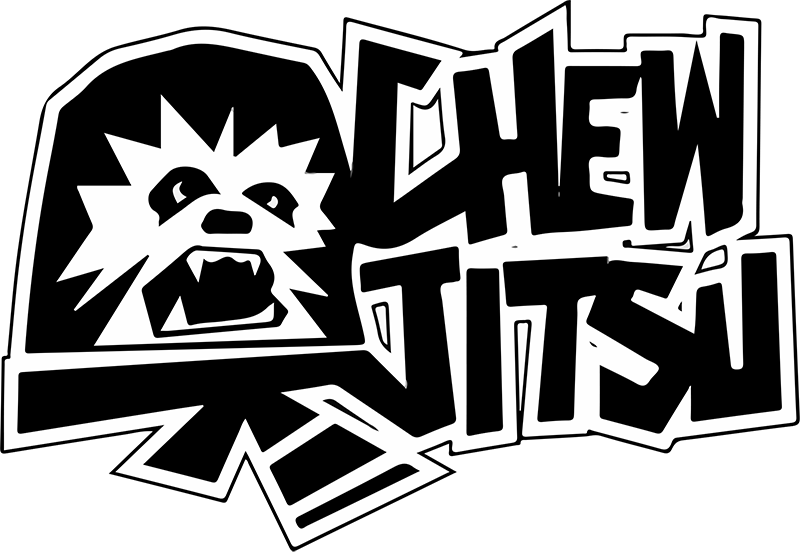7 methods to drilling and adding new techniques to your BJJ (Part 2)
So I personally categorize drilling into two different types, active and passive. I consider practicing any sort of drilling where my partner offers no resistance as passive style drilling. In my last post I talked about performing repetitions of a new move to get introduced to them. Now, let’s move on to our first method of active drilling which will help make new moves usable against resisting opponents.
Fear
It can be hard to break a new move out into a full rolling session. Sometimes you don’t get into the proper positions to use it and sometimes personal fear can prevent you from using it. For example, if you are too worried about being trapped under a tough guy’s side mount after a pass, then using a new guard technique can be difficult mentally. You’ll be too worried about using the new technique for fear of having your guard passed and being squashed under the person’s top pressure.
Remove the fear with Situational Rolling
This is where we will get into Situational Rolling. Now I am sure you have done this before in class with your team mates, but I’ll explain my idea of it so that there isn’t any confusion.
I consider situational rolling to be where you put yourself into a position that you are working on and having clear ideas of what you plan to accomplish. Then roll somewhere between 50-100% and actively attempting to achieve your goal in the position. For instance if you are trying to add a new half guard sweep, then start in half guard. From there do pass/defend and sweep/submit. Meaning if you sweep from half guard then you restart back in the same position. Meanwhile your partner will try to defend against your attacks and try to pass your guard. If they pass, restart back into the half guard.
I know it has personally helped me a lot over the years. One example is that I used to be very susceptible to triangle chokes. To fix this I would passively drill triangle escapes and I would also drill prevention techniques to stop the triangle before it starts. After the drilling I would do situational rolling. Starting in a loose triangle I would try to escape using the techniques I had been drilling and my partner would try to lock it up and finish me. If I escaped the triangle we would restart back in the same position. If my partner finished me then we would restart again. This was brutal but it really paid off. Within a few weeks of doing this I was able to relax a bit in the bad situation of being caught in a triangle and I became much better at escaping the submission.
Tip: When doing situational drilling, make the rounds short. Shorter rounds will make you and your partner push the pace and go after the techniques you are practicing.
So give it a try. The next time you are at an open mat or have some free mat time with a partner. Try and do some rounds of situational rolling from a position you are working on. Again the idea that I am trying to get you to think about in these posts is not just training hard, but training with focus and purpose, and situational rolling is a fantastic way of doing this.
I hope this post proves helpful to you. To recap I put a list of benefits below.
Thanks for reading!
Benefits of situational rolling
- Will remove some of the mental anxiety from rolling in new and uncomfortable positions.
- Helps build the sensitivity necessary for proper control of the position.
- Works as a great continuation of your repetition drilling.
- Can help build up weak areas of your game.
